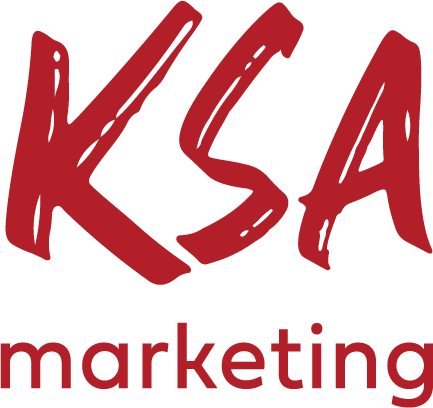
During these uncertain times, businesses are forced to reconsider their marketing strategies so they can continue to remain profitable. In the webinar “Rethinking the 4 P’s of Marketing in the COVID-19 Era: Product, Price, Place, Promotion,” our very own Taylor Butts and David Bradley provided an in-depth analysis on the following topics:
- How the classic 4P’s of Marketing are quickly changing
- Concrete ways to adapt to the new reality of COVID-19
- How to build your platform for a strong marketing strategy
Product: How does your product need to adapt to these new realities?
Although your target audience is mostly stuck at home now, that doesn’t mean they aren’t buying. Some retailers selling non-essentials have seen double + triple-digit increases in online sales during COVID-19. The most gains have been seen in home goods, athletic goods, and lounge wear, but even that has already begun to shift. There is now an opportunity to forecast what other areas will start to see an increase in sales as time goes on. As society is shifting to find ways to preoccupy themselves online, you need to find a way to integrate your business into this new consumer behavior.
Brands and businesses can adapt to this new consumer behavior by:
- Shifting flagship products to meet consumer needs such as re-focusing which product you are pushing to clients, or offering “at-home” kits for sale, such as an at-home Margarita kit
- Consider how your offerings can become digital, such as creating partnerships that will allow your product to become visible or sold online
- Using tools such as subscription services and value pricing will allow your product to be prepared for the market which will inevitably never be the same
B2C brands have a real opportunity right now because many changes they are implementing can be carried over post COVID-19 to expand the offerings and reach an entirely new target audience segment which will increase revenue.
For B2B brands and high-value markets that involve a more complex decision-making process and become more difficult during quarantine, make sure you educate your customer and establish your brand as an authority in your field. This can be done through webinars, videos, or other virtual options.
Price: How will your price change in this new landscape?
There are a variety of costs that will have to increase with the new landscape, such as investments in eCommerce platforms and tools, shipping costs to get the product to the consumers, as well as an increased need for packaging materials. Factor these increases into the product price, especially when it comes to shipping costs. This will help ensure customers aren’t deterred from completing the purchase when the shipping costs get added at the end. Whatever you choose to do, be open with your customers about why the price has increased; transparency is key to getting through this time.
Place: What practices do you need to adopt to ensure the safety of your customers and staff?
If you are still open, you can facilitate social distancing and protect your customers by following some of these guidelines:
- Place markers for where to stand in line
- Use arrows indicating one-way aisles
- Enforce strict limits on the number of people in a store
- Encourage call ahead appointments
- Create senior hours
- Allow for curbside/drive-through pickup
Make sure you also protect your staff and take visible actions to reassure customers you are taking every precaution to ensure their safety. Provide your employees with protective face coverings and gloves and clean high-touch surfaces as frequently as possible to minimize the spread.
Those who aren’t open can still find some measure of success in this time by moving to the digital world. Your product should live on your website or another online platform where it can be purchased. Social media may seem like an easy way to connect with your audience, but you won’t find success by just going to the platform with the most users. You need to be more strategic. Research what social media channels your audience is using, and also what channel your industry is on, because some social media platforms are better suited to specific products.
Promotion: How do you drive sales?
The best way to promote your product is through effective communication, so during this time, two-way communication is key to success. The concept is to make it simple and easy for your customers to connect with your brand. Incorporating chatbots and responding to comments on social media posts are examples of ways you can deepen relationships and help customers in their decision to buy.
There are also a variety of promotions you can offer to entice your customer to buy your product or service. You can offer sales, coupons and discounts to drive conversion and capture leads.
Make sure you are continuing to leverage traditional push and pull channels of communication that will allow you to keep in touch with your customers and continue to promote your business. You need a good mix of marketing campaign assets and resources in order to increase brand awareness, nurture leads, influence buyer consideration, and make the conversion.
To conclude, some actions you can take to ensure success during these uncertain times are:
- Understand how your target audience’s behaviors have changed
- Tailor your product to adapt to their new needs
- Adjust pricing openly and honestly
- Find the channels your target audience is on
- Empower your consumer to amplify your messaging
This post just skims the surface of the advice Taylor and David offer, please listen to the full webinar which can be accessed here
The only thing that is constant is change, so during this time we are forced to be flexible to keep up with the inconsistency that has woven into our everyday lives. Being willing to adapt to the situation and modify your own strategies is the first step to overcoming the obstacles COVID-19 has placed in our way

